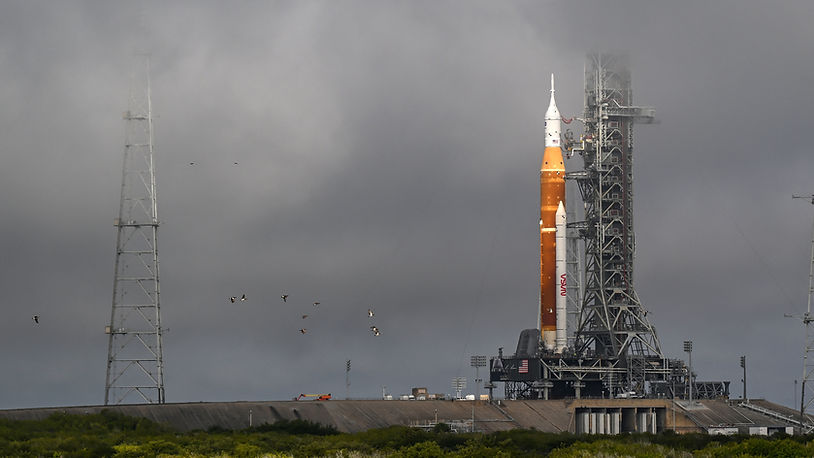By: Sarah Zhong
Last Thursday, NASA declared it will not conduct another fueling and countdown test of its SLS rocket. Alternatively, it will repair a hydrogen leak, then roll it back to Kennedy Space Center in Florida in late August for its first launch attempt.
NASA, which stands for National Aeronautics and Space Administration, is a federal agency that oversees government initiatives in outer space exploration and solar system exploration.
NASA was established in 1958 to conduct research in the field of aeronautics. NASA was founded as a response to the Soviet space achievements, which started the American-Soviet space race.
The rocket got most of the way through the test, known as a “wet dress rehearsal,” fueling the SLS rocket’s two stages with more than 700,000 gallons of liquid oxygen and liquid hydrogen. The simulated countdown was cut short by 29 seconds because of the hydrogen leak.
Even so, NASA was happy with the results. In an article for The Washington Post, Charlie Blackwell-Thompson, the Artemis launch director, says, “It was a great day. It was a very successful day, and we accomplished a majority of the objectives that we had not completed in the prior [tests].”
The agency has decided to repair the hydrogen leak and go straight to the first launch attempt. The agency said, “NASA has reviewed the data from the rehearsal and determined the testing campaign is complete.” NASA will not conduct another rehearsal because they have enough data from the rehearsal and previous rehearsals to start the first launch attempt.
The first launch attempt can be as soon as late August. More specifically, the first launch could come between August 23 and September 6.
The launch, known as Artemis I, would send the Orion capsule, without any astronauts on board, in orbit around the moon. It would be followed by Artemis II, perhaps in 2024, in which four astronauts would fly in Orion around the moon but would not land. The first landing could come one year later, in 2025, but that date depends on the success of the prior missions and the availability of the spacecraft.











